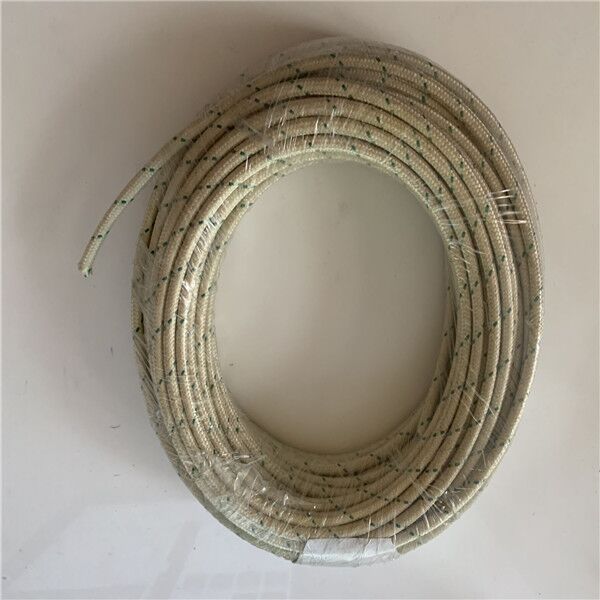News
Which tinned copper or nickel plated copper should be used as the conductor of the high temperature wire?
When a new purchaser receives the task of purchasing a high-temperature line, there will always be doubts about whether to choose tin-plated copper or nickel-plated copper. After all, the budget is limited and the price deviation is relatively large. Among the common non-ferrous metals, in addition to gold and silver, I am afraid that nickel is the most proud. Its price is often proud of metal, but if it is operated in a high temperature environment, we must choose nickel-plated copper. This is not a price issue, but a quality difference. Yes safe question.
Tinned copper has the advantages of maintaining electrical conductivity at room temperature:
Pure copper has excellent electrical conductivity, but the higher the purity, the easier it is to oxidize in the air, the finer the particle size, the more serious the oxidation, that is, the finer the monofilament, the faster the oxidation speed.
In order to improve the oxidation resistance of copper, more oxidation-resistant metals such as silver, tin, and nickel can be covered on the copper surface. Silver is an inert metal with the highest stability, but it is also expensive. I had to look at Silver Sigh. Of course, no matter how expensive the material is, there will be aristocrats to enjoy. For example, RF cables are the nobility of cables, and are usually produced with silver-plated copper as the conductor.
At room temperature, tin is very stable in air. Since the surface of tin will produce a dense oxide film to prevent the continuous oxidation of tin, the use of tinned copper wire at room temperature can maintain conductivity, which has the advantage of convenient welding.
However, in high temperature environments, especially in aerobic high temperature environments, tin will corrode rapidly. As the pH value increases, its corrosion strength also increases. For example, in a strong acidic environment at high temperature, the tin plating layer can become dross in a few seconds.
Nickel-plated copper has strong high temperature resistance:
Nickel has high mechanical strength and plasticity, and has strong stability in the atmosphere. Even in various acid-base solutions, most inorganic salts and organic acids have high stability. At room temperature, nickel can produce a NiO protective film, and the working environment exceeds 500 degrees when oxidized. Therefore, nickel-plated copper is the material of choice for high-temperature operating environments.





